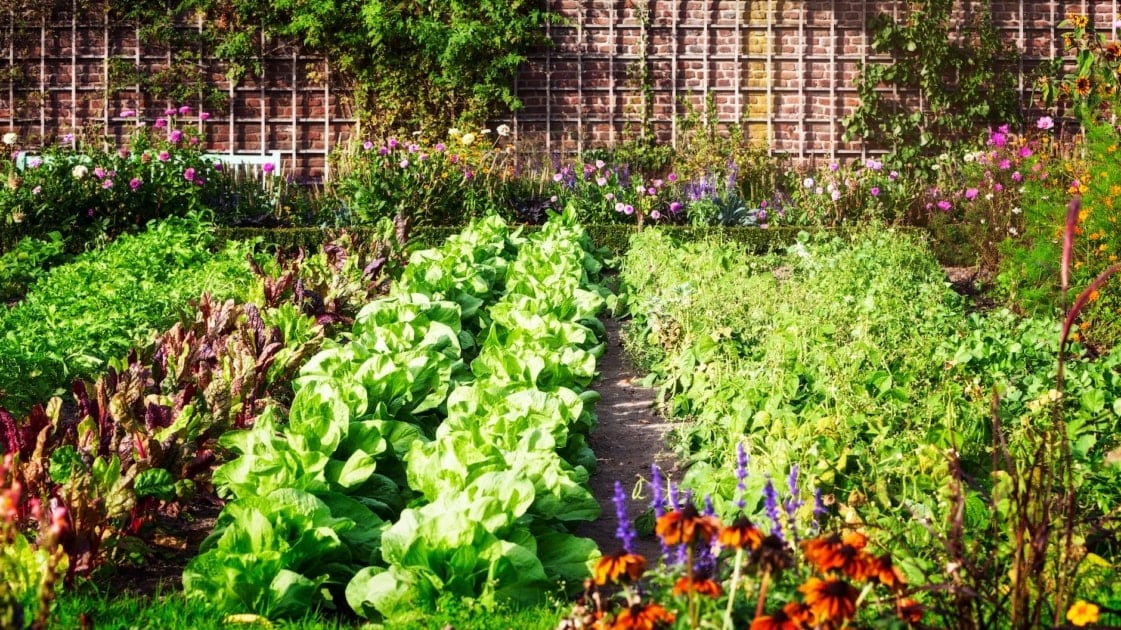The Ultimate Guide To Turmeric Companion Plants
The Ultimate Guide to Turmeric Companion Plants
Turmeric is a popular spice that has been used for centuries for its medicinal properties. It is also a relatively easy plant to grow, but it can benefit from having companion plants nearby. Companion planting is the practice of planting different types of plants together in order to create a mutually beneficial relationship. By planting turmeric with the right companion plants, you can improve its growth, productivity, and pest resistance.
In this guide, we will discuss the best companion plants for turmeric, as well as some of the benefits of companion planting. We will also provide tips on how to plant and care for turmeric companion plants.
Benefits of Companion Planting
There are many benefits to companion planting, including:
- Improved growth and productivity: Companion plants can help to improve the growth and productivity of turmeric plants by providing them with nutrients, shade, and support. For example, legumes, such as beans and peas, can fix nitrogen in the soil, which can benefit turmeric plants.
- Pest and disease resistance: Companion plants can help to deter pests and diseases from attacking turmeric plants. For example, marigolds are known to repel nematodes, which can damage turmeric roots.
- Attract pollinators: Companion plants can attract pollinators, such as bees and butterflies, which can help to pollinate turmeric flowers. This can lead to increased fruit and seed production.
- Improved soil health: Companion plants can help to improve soil health by adding nutrients, reducing erosion, and suppressing weeds.
Best Companion Plants for Turmeric
The best companion plants for turmeric will vary depending on your growing conditions and the specific variety of turmeric you are growing. However, some of the best general companion plants for turmeric include:
- Legumes: Legumes, such as beans, peas, and alfalfa, are excellent companion plants for turmeric. They fix nitrogen in the soil, which can benefit turmeric plants.
- Marigolds: Marigolds are known to repel nematodes, which can damage turmeric roots. They also attract pollinators.
- Cilantro: Cilantro is a good companion plant for turmeric because it helps to repel pests, such as aphids and spider mites. It also helps to improve the flavor of turmeric.
- Basil: Basil is another good companion plant for turmeric. It helps to repel pests and diseases, and it also helps to improve the flavor of turmeric.
- Spinach: Spinach is a good companion plant for turmeric because it helps to suppress weeds and improve soil health.
How to Plant and Care for Turmeric Companion Plants
When planting turmeric companion plants, it is important to consider the spacing requirements of both plants. For example, legumes need more space than marigolds. It is also important to plant companion plants that have similar water and sunlight requirements.
Once your turmeric companion plants are established, you will need to care for them as you would any other garden plant. This includes watering them regularly, fertilizing them as needed, and weeding around them.
Conclusion
By planting turmeric with the right companion plants, you can improve its growth, productivity, and pest resistance. Companion planting is a simple and effective way to boost the health and productivity of your garden.
Turmeric is a versatile and delicious spice that can be used in a variety of dishes. But did you know that planting turmeric with certain companion plants can help to improve its growth and health?
Some of the best companion plants for turmeric include:
- Beans: Beans are nitrogen-fixing plants, which means they can help to improve the nitrogen content of the soil. This is beneficial for turmeric, as it is a heavy feeder that requires a lot of nitrogen.
- Cilantro: Cilantro is a herb that repels pests, such as mosquitoes and aphids. This can help to protect your turmeric plants from damage.
- Ginger: Ginger is another member of the turmeric family, and it can help to attract beneficial insects, such as bees and butterflies. These insects can help to pollinate your turmeric plants, which will lead to a better harvest.
- Peas: Peas are another nitrogen-fixing plant that can help to improve the soil quality for turmeric. They are also relatively low-maintenance, so they are a good choice for busy gardeners.
If you are interested in learning more about companion planting for turmeric, I recommend visiting the Gardenia Inspiration. This website has a wealth of information on the topic, including a list of the best companion plants for turmeric, as well as tips on how to plant and care for these plants.
FAQ of turmeric companion plants
- What are the benefits of planting turmeric with companion plants?
There are several benefits to planting turmeric with companion plants. Companion plants can help to:
- Attract beneficial insects. Some companion plants, such as marigolds and nasturtiums, attract beneficial insects, such as ladybugs and lacewings, which help to control pests.
- Discourage pests. Other companion plants, such as garlic and onions, have strong scents that can deter pests, such as aphids and snails.
- Improve soil quality. Some companion plants, such as legumes, fix nitrogen in the soil, which can help to improve soil quality and provide nutrients for turmeric plants.
- Provide shade. Turmeric plants can be sensitive to direct sunlight, so planting them with companion plants that provide shade, such as basil and lettuce, can help to protect them from the harsh sun.
- Increase yields. Companion planting can also help to increase yields of turmeric plants. For example, planting turmeric with tomatoes has been shown to increase turmeric yields by up to 20%.
- What are some good companion plants for turmeric?
Some good companion plants for turmeric include:
- Basil: Basil helps to repel pests and improve soil quality.
- Cilantro: Cilantro helps to attract beneficial insects and improve soil aeration.
- Garlic: Garlic helps to deter pests and improve soil quality.
- Lettuce: Lettuce provides shade and helps to improve soil moisture.
- Marigolds: Marigolds attract beneficial insects and deter pests.
- Nasturtiums: Nasturtiums attract beneficial insects and deter pests.
- Onions: Onions help to deter pests and improve soil quality.
- Peas: Peas fix nitrogen in the soil, which can help to improve soil quality and provide nutrients for turmeric plants.
- Spinach: Spinach helps to improve soil aeration and provides shade.
- How far apart should turmeric plants be planted?
Turmeric plants should be planted about 12 inches apart. This will give them enough space to grow and spread their rhizomes.
- How much sunlight do turmeric plants need?
Turmeric plants need full sun to partial shade. Too much direct sunlight can scorch their leaves.
- What is the best time of year to plant turmeric?
Turmeric plants can be planted in the spring or fall. They prefer warm temperatures, so it is important to wait until the soil has warmed up before planting.
Image of turmeric companion plants
Here are 5 different images of turmeric companion plants from Pinterest:
- Beans. Beans are a good companion plant for turmeric because they fix nitrogen in the soil, which is beneficial to turmeric.

- Cilantro. Cilantro helps to repel pests that can damage turmeric plants.

- Ginger. Ginger is a close relative of turmeric and they can be planted together.

- Peas. Like beans, peas also fix nitrogen in the soil.

- Spinach. Spinach helps to suppress weeds that can compete with turmeric for nutrients.

Post a Comment for "The Ultimate Guide To Turmeric Companion Plants"